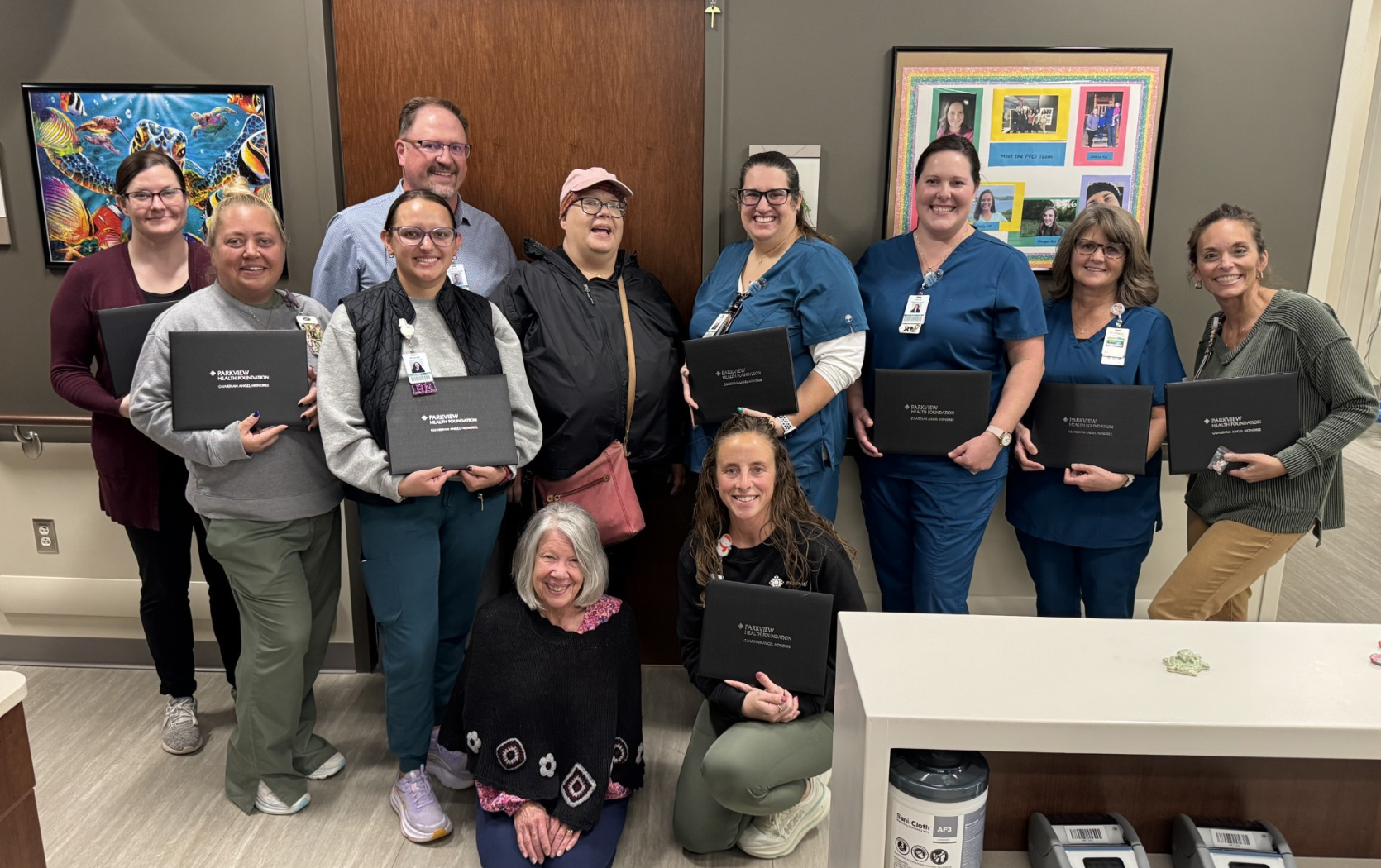Micah Smith, MD, Orthopedic Surgery, Ortho NorthEast, sheds light on how state-of-the-art technology like robotic systems and navigation tools enhance patient-centered care and faster recovery.
What is robotic orthopedic surgery and how does it work?
For years, we've used navigation in the surgical setting, which is essentially a CT scan that lets us see in real-time where all of our instruments are. We're able to do that by placing markers, called arrays, either on the patient's skin or into their bone, which acts as a point of reference. Special cameras positioned throughout the operating room track those markers on the patient in relation to the instruments that we're using. Now, with the robotic arm, we can be precise with where we tell it to move in 3D space and what we're putting into the patient.
How does the robotic system assist the surgeon during procedures?
There are many forms of robotic surgery, and different disciplines use aspects of the technology to make the operation more efficient and effective. In general surgery, procedures like hernia repairs or hysterectomies are often performed with the surgeon controlling the robotic arm from a distance. However, during orthopedic procedures, like spine surgeries, I stand right next to the patient and in close proximity to the robotic arm. Depending on the surgery, the robot can assist in various ways. Sometimes, we manipulate the tissues by hand while using the robot for guidance. Other times, the robot might function as an additional arm for holding a retractor in place. This provides a stable foundation for me to safely and precisely perform tasks like removing bone, placing screws or positioning implants.
What types of orthopedic conditions are best suited for robotic surgery?
Typically, robotic orthopedic surgery involves placing some form of implant like screws, cages or rods. This can occur in spine surgeries for conditions such as lumbar stenosis, scoliosis or spondylolisthesis (slipped disc). Outside the spine, my orthopedic partners use robotics to perform joint replacement surgeries in the hips or knees.
What are the benefits of robotic surgery compared to traditional methods?
One of the really important aspects I've found with robotic surgery is that we're able to truly tailor a surgical plan specifically for the patient and minimize invasiveness.
Because I can see exactly where my instruments are using navigation, I can work through smaller incisions, which results in fewer X-rays and less radiation exposure to the patient. Now, complex revisions often don't require as many levels of surgery. For the patient, that means less surgical time and less retraction on the muscles, leading to faster recovery and reduced pain after surgery.
The other great thing from a surgeon's perspective is that if the surgery is more efficient and less taxing on me physically and mentally, then the surgery becomes safer for the patient.
To schedule orthopedic care in Allen County, call Ortho NorthEast at 260-484-8551 or request an appointment here, or visit this page to find orthopedic care outside of Allen County.



